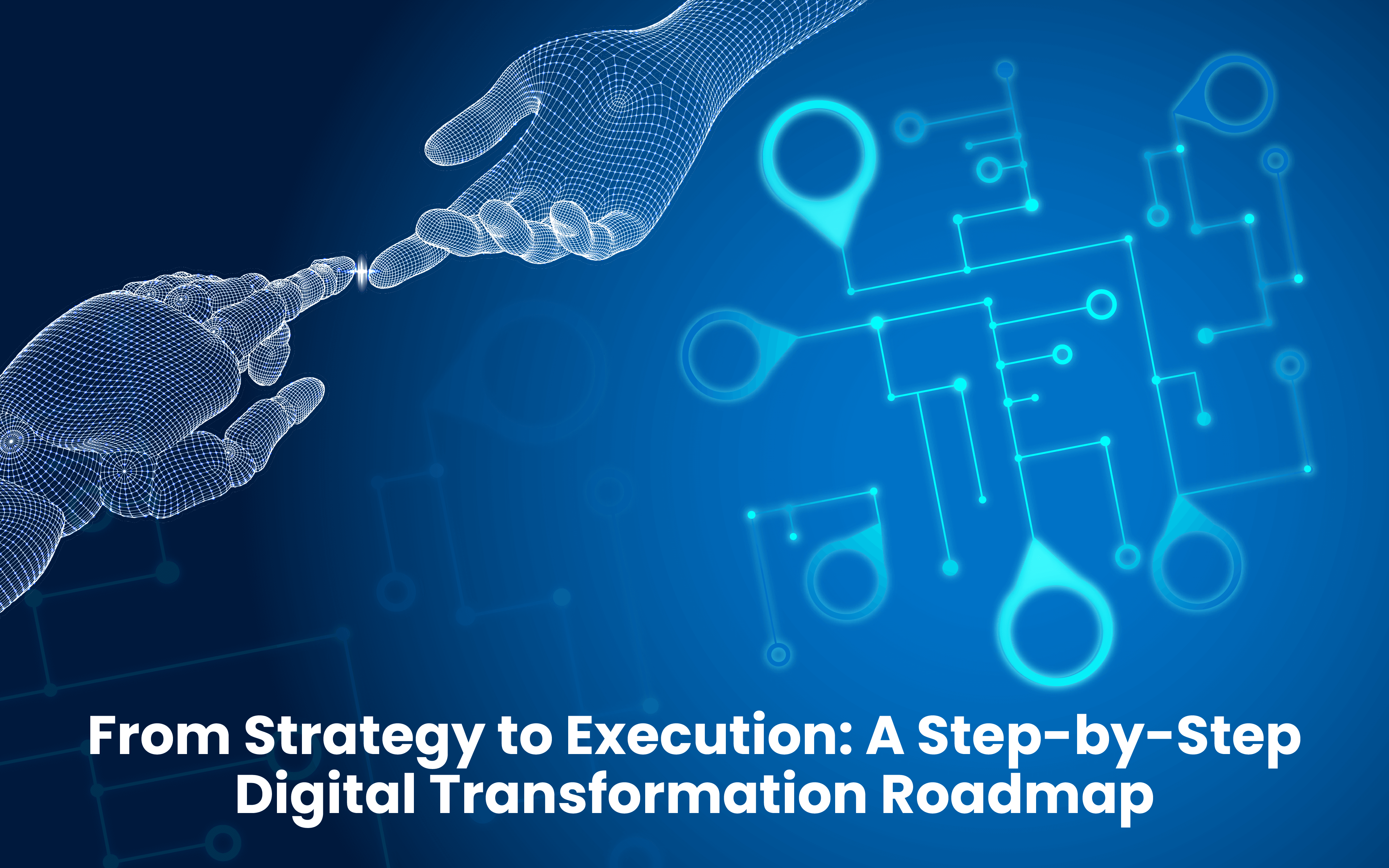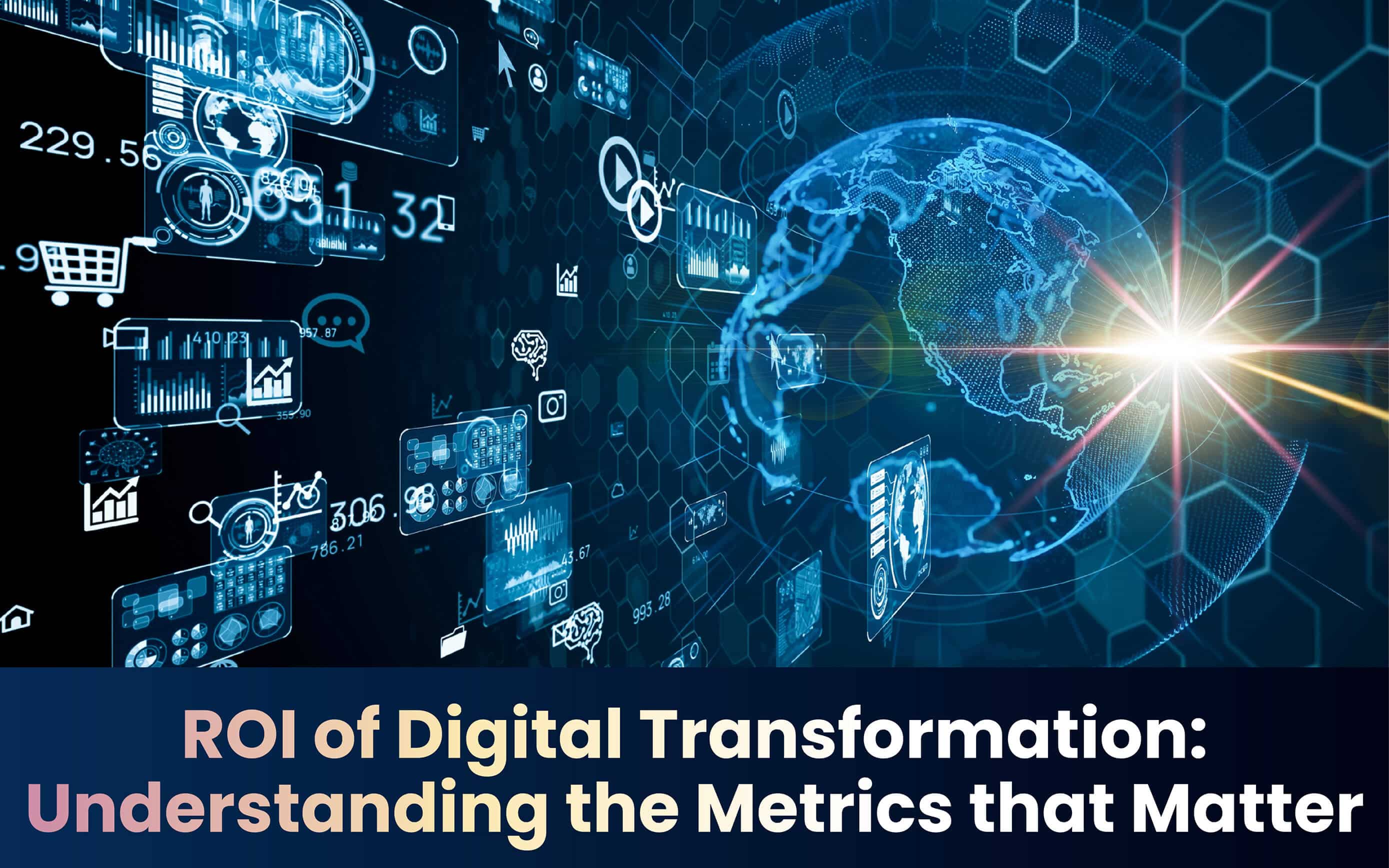Blogs
To know about all things Digitisation and Innovation read our blogs here.
Digital Transformation
7 Crucial Elements of Digital Transformation
SID Global Solutions
2 February 2023

Introduction:
Digital transformation refers to the integration of digital technology into all areas of a business, fundamentally changing the way it operates and delivers value to customers. It is a strategic process that enables organizations to take advantage of new opportunities created by digital technologies and connect with customers in new and innovative ways.
Digital transformation has become a critical part of the business strategy for organizations of all sizes, in all industries, as the world becomes increasingly connected and technology-driven. In this guide, we will discuss the 7 crucial elements of digital transformation and provide examples of how organizations are leveraging these elements to drive business growth and success.
Also Read: DevSecOps – The Most Sought-after Secured Integration Practice
1. Customer Centricity
One of the most important elements of digital transformation is customer centricity. This means putting the customer at the center of all business decisions and processes, and using digital technologies to understand their needs, preferences, and behaviors.
For example, Amazon, one of the world’s largest online retailers, has made customer centricity a key part of its business strategy. The company uses data and analytics to understand customer behaviour, preferences, and needs, and then uses this information to create tailored experiences and offerings. This has helped Amazon to create a loyal customer base and continue to grow its business.
2. Agile Processes and Cultures
Agile processes and cultures are critical to digital transformation because they enable organizations to quickly and efficiently respond to changes in the market and customer needs. Agile methodologies, such as Scrum and Kanban, allow organizations to deliver value to customers faster and more frequently, and to continuously improve their processes and offerings.
An example of an organization that has successfully adopted agile processes is Spotify, a music streaming platform. Spotify uses Scrum to develop and deliver its product offerings, allowing the company to rapidly respond to changes in the market and customer needs. This has helped Spotify to maintain its position as one of the leading music streaming platforms in the world.
3. Data-Driven Decision Making
Data-driven decision making is another crucial element of digital transformation. This means using data and analytics to inform business decisions, rather than relying on intuition or assumptions. By leveraging data, organizations can make more informed decisions, identify new opportunities, and optimize their processes and offerings.
For example, Netflix, a video streaming platform, uses data and analytics to inform its content offerings and recommendation algorithms. By analyzing customer behavior and preferences, Netflix is able to understand what types of content are most popular, and use this information to make data-driven decisions about what content to invest in and how to best serve its customers.
Also Read: Successful Digital Transformation Strategies Focus on People, Not Technology
4. Cloud Computing
Cloud computing is a key enabler of digital transformation, as it provides organizations with access to scalable, flexible, and cost-effective computing resources. By leveraging cloud computing, organizations can reduce their IT costs, increase their agility, and access the latest technologies and innovations.
An example of an organization that has successfully adopted cloud computing is Dropbox, a cloud-based file storage and collaboration platform. By leveraging cloud computing, Dropbox is able to provide its customers with access to their files from anywhere and on any device, and to scale its infrastructure as needed to meet growing demand.
5. Mobile Technologies
Mobile technologies are another crucial element of digital transformation, as they provide organizations with new and innovative ways to connect with customers and employees. By leveraging mobile technologies, organizations can create new business models, reach new customers, and improve their overall customer experience.
An example of an organization that has successfully leveraged mobile technologies is Uber, a ridesharing platform. By leveraging mobile technologies, Uber was able to create a new business model and reach new customers, ultimately revolutionizing the transportation industry.
6. Artificial Intelligence & Machine Learning (AI & ML)
Artificial Intelligence (AI) and Machine Learning (ML) are rapidly transforming the business landscape, and are critical elements of digital transformation. AI and ML allow organizations to automate processes, make more informed decisions, and provide new and innovative products and services.
An example of an organization that has successfully leveraged AI and ML is Google, a leading technology company. Google uses AI and ML to power its search algorithms, providing users with relevant and personalized results. The company also uses AI and ML in other areas of its business, such as image recognition and natural language processing.
Also Read: Top Trends To Watch out In Artificial Intelligence (AI) in 2023 & Beyond
7. Cybersecurity
Cybersecurity is a critical element of digital transformation, as organizations increasingly rely on digital technologies and the internet to conduct business. Cybersecurity refers to the protection of digital assets, networks, and systems from unauthorized access, theft, or damage.
An example of an organization that has successfully implemented cybersecurity measures is Microsoft, a leading technology company. Microsoft has implemented a comprehensive cybersecurity strategy, including encryption, two-factor authentication, and regular security updates, to protect its digital assets and ensure the security of its customers’ data.
Conclusion:
Digital transformation is a complex and ongoing process that requires organizations to consider multiple elements, including customer centricity, agile processes and cultures, data-driven decision making, cloud computing, mobile technologies, AI and ML, and cybersecurity. By successfully leveraging these elements, organizations can drive business growth, improve customer experiences, and remain competitive in an increasingly connected and technology-driven world.









